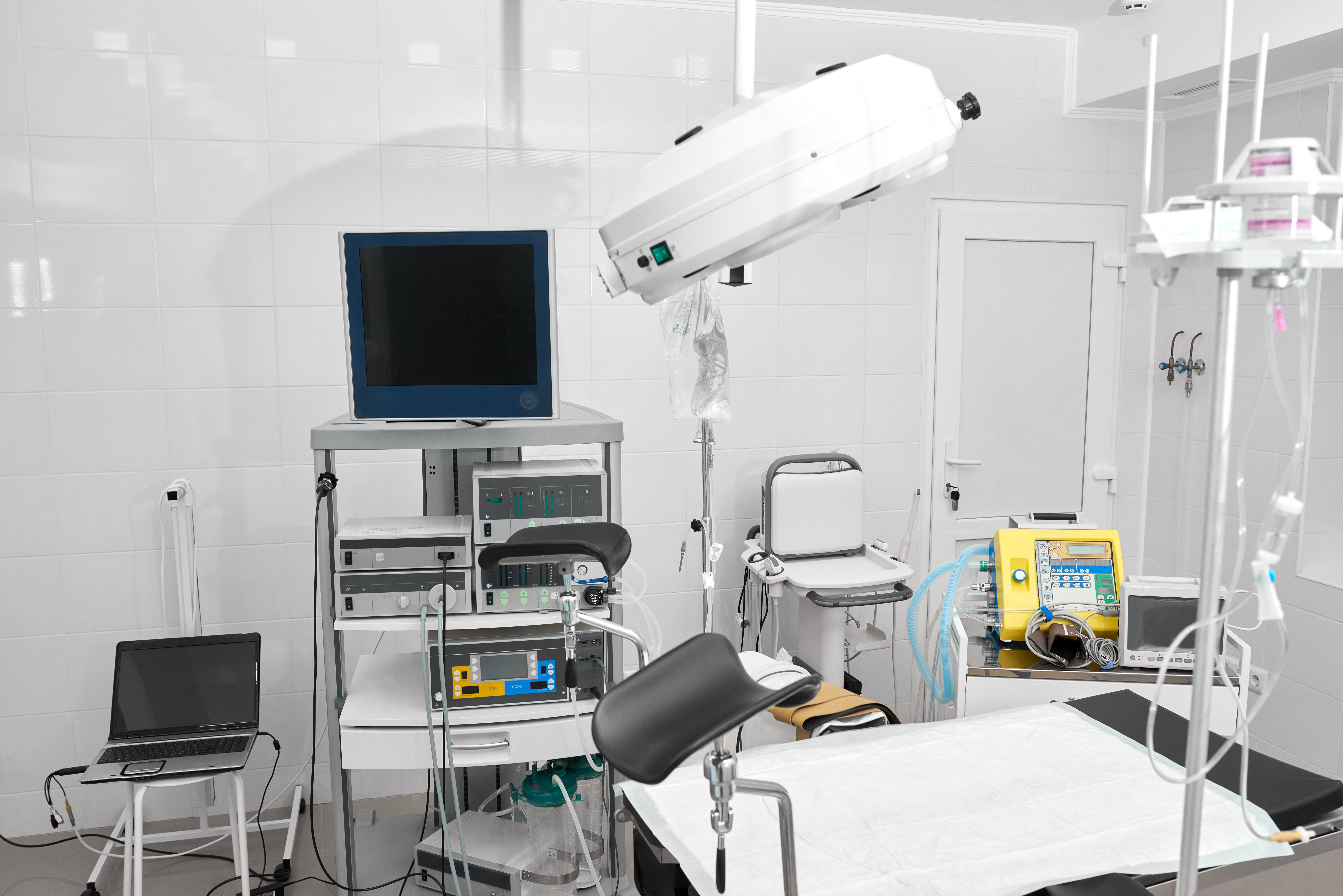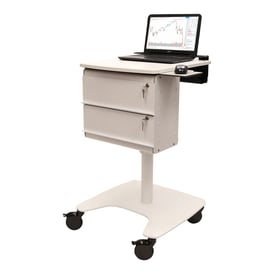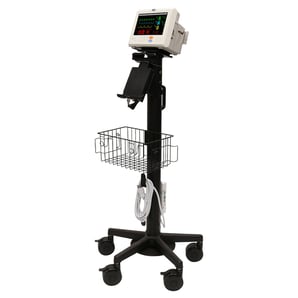By FHP on 12/17/21 7:30 AM
From electronic medical records and remote monitoring to wearable health monitors and software-enabled command centers, technological advances are improving the healthcare experience for both patients and clinicians.
As the largest group of practicing clinicians worldwide, RNs and other nursing staff are perhaps feeling the impacts of technological changes more than any other group within the field. Below, we’ve compiled a list of eight of the most exciting tech trends poised to change the field of nursing in 2022 and beyond.
All-in-One Mobile Devices
By eliminating the need to return to the nursing station again and again, all-in-one mobile devices that allow nurses to access patient data and track care from anywhere in the hospital are helping RNs streamline workflows and save time. By combining the functionality of a mobile computer, phone, and barcode scanner, these devices allow clinicians to send messages, receive alerts, and transmit images when they’re on the go, leaving nursing staff more time to focus on patient care.
Comfort and function combine in this mobile laptop cart designed with nurses in mind. We have integrated aesthetics and security in this cart by providing a configuration well suited to the nursing staff’s needs for tech and patient care.
Wearable Support for Patient Monitoring
Thanks to WIFI-enabled smartwatches and other wearable devices that track everything from glucose levels and blood pressure to body position and physical activity, nurses can now monitor their patients both at home and in the hospital.
By providing staff with real-time access to a patient’s vital signs, these technologies are helping providers reduce medical errors, minimize the potential for adverse events, and improve the overall quality of care. The data provided by wearables can also inspire patients to take a more active role in their care and help them better understand the consequences of their behaviors on overall health.
Telehealth Platforms for Improved Access to Care
Telehealth platforms not only help providers improve access to care in rural and underserved areas, but they've also helped limit the spread of COVID-19 and other infectious diseases by allowing patients and clinicians to connect remotely.
Advances in telehealth technology also mean nurses can participate in triage, monitor vital signs, and even provide home-bound patients with care instructions from anywhere in the world. According to MIT Technology Review, combining high-definition cameras and telemetry with a multidisciplinary team of intensivists is even allowing nurses to monitor ICU patients from afar.
The Mov-it VSM Cart helps care givers on the move effortlessly take patient and resident Vital Signs. The stand come with many configurable accessories to create the perfect fit for your teams workflow.
Mobile Medical Carts for Seamless Patient Care
Mobile medical carts have long been standard equipment in hospitals and other healthcare facilities. But recent technological advances have made these devices lighter, more maneuverable, and far smarter than the carts of the past.
In addition to transporting medical supplies and medications, today’s medical carts support modern technology and provide both space and power sources for laptops, desktops, and tablet computers. This functionality eliminates repeat trips to the nursing station and reduces errors by allowing clinicians to update medical records right from patients’ bedsides.
Software-Enabled Command Centers for Real-Time Insights
More and more hospitals are using the real-time insights provided by software-enabled centralized command centers to coordinate care across departments, maximize bed capacity, reduce boarding times, and automate patient discharge orders. Easy-to-use dashboards provide nurses with real-time status updates on their patients and medical staff, allowing RNs to stay better attuned to schedules and patient needs.
By tracking supplies, facilitating electronic medical records, and providing clinicians with quick access to the OR schedule, centralized command centers also allow nurses, doctors, and other staff to more efficiently perform their jobs, ultimately leading to improved patient outcomes and higher rates of clinician and patient satisfaction.
Computer Vision to Improve Diagnostics, Surgery, and More
Healthcare providers have long relied on computers to view, scan, and transmit medical images needed to guide diagnostics and treatment. But recent improvements in computer vision technology allow for even more accurate intel and precise diagnoses, and ultimately, fewer false-positive results.
Thanks to algorithms derived from mass quantities of training data, computer vision can now detect the slightest presence of a condition that human beings would otherwise miss.
Our lightweight, ergonomic, and easily movable medical grade Physicians IT cart provides exceptional support for doctors and staff while serving patients in many clinical environments.
State-of-the Art-Tech to Improve Communications
Instant messaging and other team collaboration tools allow nurses to communicate with their colleagues in real-time, no matter where they are at any given moment. By facilitating faster and improved communications, this technology helps clinicians coordinate care, reduces the time required to access test results and make a diagnosis, and enables more efficient patient handover between departments.
AI and Machine-Learning to Improve Patient Care
When combined with electronic medical records, machine learning has the potential to deliver evidence-based insights and efficiencies, make predictions, and improve patient care. Virtual nursing chatbots, for example, are now learning and interacting with patients more frequently than human nurses. In doing so, they act as gatekeepers of information between patients and nurses.
As AI technology improves and evolves, clinicians will be empowered to make better and faster diagnoses and formulate improved treatment plans.
First Products: Helping Nurses Improve Patient Care Since 1945.
First Products has been working to help nurses improve patient care since 1945, and we recognize the unique and essential role these dedicated professionals play in the lives of their patients and their communities. From mobile workstations to EMR/EHR charting technology, we offer a range of products and accessories designed to ensure nurses, clinicians, and their patients benefit from today’s fast-moving healthcare tech revolution.
For more than 60 years, First Products’ unparalleled commitment to customer service, highly experienced sales support, dedication to long-term customer satisfaction, and industry-best warranties have earned us the trust and respect of nurses and healthcare providers in the United States and around the world.
Click the links to see previous blog posts.
To Find Out How to Get Your Complimentary Telemedicine Demo Today, Contact First Healthcare Directly at 800.854.8304.
_11wX8.5h-FINAL.png?width=721&name=FP-Logo-Horizontal-(COLOR)_11wX8.5h-FINAL.png)









comments